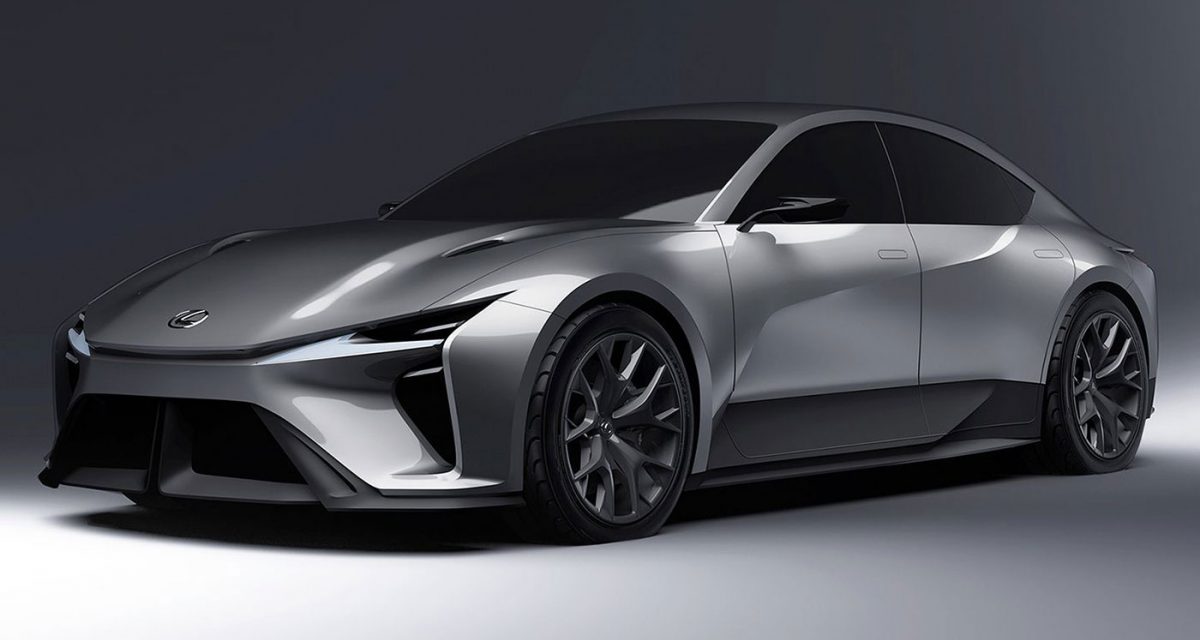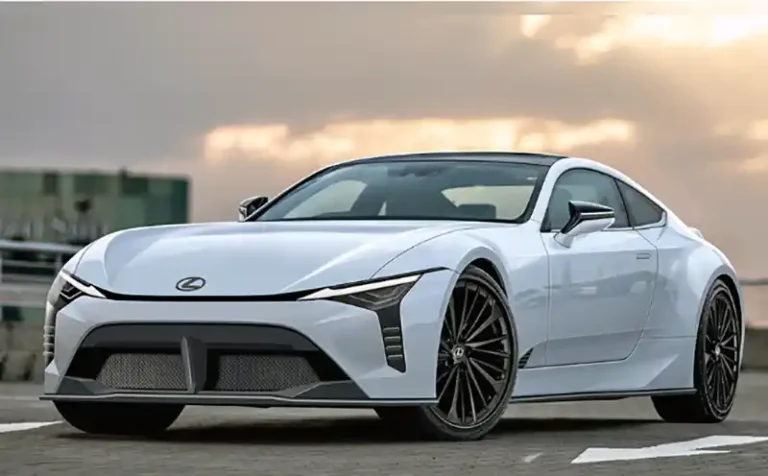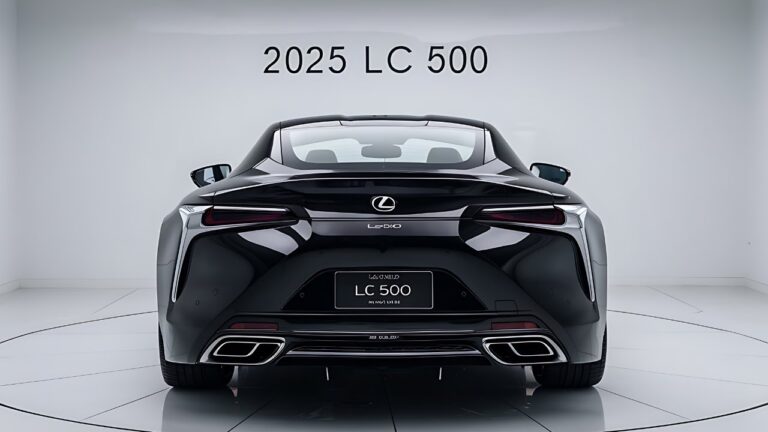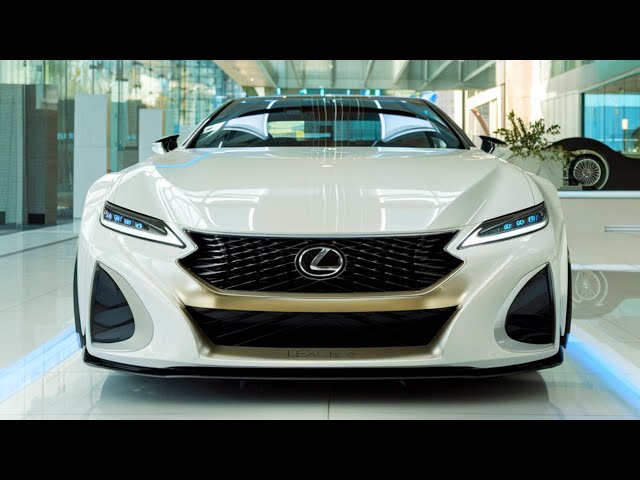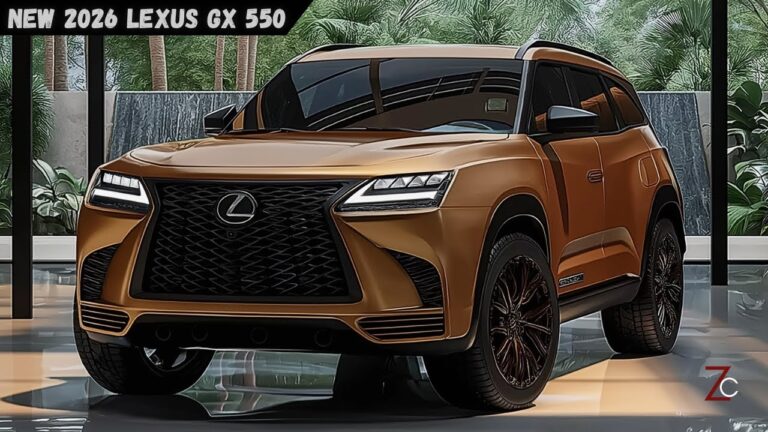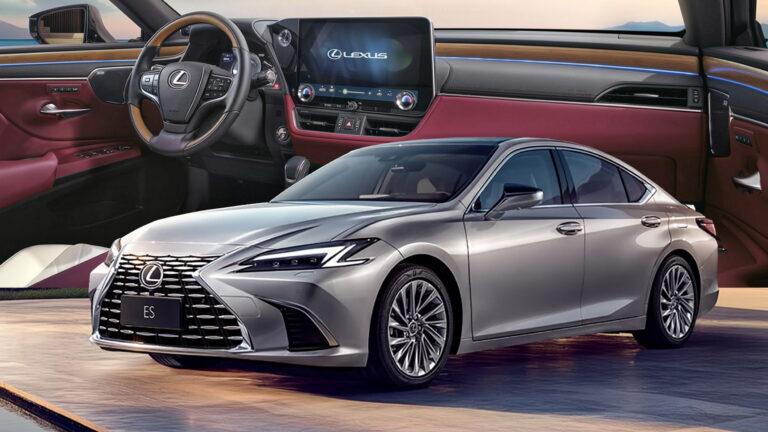2026 Lexus EV Redesign: A Comprehensive Overview
Safety and Driver Assistance Features

The 2026 Lexus EV boasts a comprehensive suite of advanced safety and driver assistance features designed to enhance overall safety and convenience. These features leverage cutting-edge technology to provide drivers with peace of mind, reducing the risk of accidents and creating a more comfortable driving experience.
The Lexus Safety System+ 3.0, standard on all trims, includes a range of features that contribute to the vehicle’s exceptional safety rating. These include:
- Pre-Collision System with Pedestrian Detection: Detects potential collisions with vehicles or pedestrians and applies the brakes if necessary.
- Lane Departure Alert with Steering Assist: Alerts the driver if the vehicle begins to drift out of its lane and provides gentle steering assistance to keep it on track.
- Adaptive Cruise Control: Maintains a safe distance from the vehicle ahead, automatically adjusting speed as needed.
- Blind Spot Monitor with Rear Cross-Traffic Alert: Detects vehicles in blind spots and alerts the driver when it is unsafe to change lanes or reverse.
- Automatic High Beams: Automatically switches between high and low beams to optimize visibility without blinding oncoming drivers.
Beyond these standard features, the 2026 Lexus EV offers a range of optional features that further enhance safety and convenience:
Lexus Teammate Advanced Drive
Lexus Teammate Advanced Drive is a semi-autonomous driving system that provides Level 2 autonomy. It can control acceleration, braking, and steering under certain conditions, such as on highways or in stop-and-go traffic. This feature reduces driver fatigue and improves safety by minimizing human error.
Digital Rearview Mirror
The digital rearview mirror displays a wide-angle view of the rear of the vehicle, eliminating blind spots and providing a clearer view for the driver. This feature enhances safety and convenience, especially when reversing or parking.
Surround-View Monitor
The surround-view monitor provides a 360-degree view of the vehicle’s surroundings, making it easier to navigate tight spaces and avoid obstacles. This feature is particularly useful when parking or driving in crowded areas.
These advanced safety and driver assistance features contribute significantly to the overall safety and convenience of the 2026 Lexus EV. They represent the latest in automotive technology and pave the way for the future of autonomous driving.
As autonomous driving technology continues to develop, these features will play an increasingly important role in enhancing safety and reducing the risk of accidents. They will also make driving more convenient and enjoyable, freeing up drivers to focus on other tasks or simply relax behind the wheel.
Market Positioning and Competition
The 2026 Lexus EV targets affluent consumers seeking a premium electric vehicle that combines luxury, performance, and advanced technology. It competes in the highly competitive luxury EV market, where established automakers and EV startups vie for market share.
Key Competitors
Key competitors include:
– Tesla Model S: Known for its sleek design, long range, and advanced Autopilot system.
– Mercedes-Benz EQS: Offers a luxurious cabin, innovative infotainment, and a spacious interior.
– BMW iX: Features a futuristic design, powerful electric motors, and an intuitive user interface.
– Lucid Air: Boasts impressive performance, ultra-fast charging capabilities, and a luxurious interior.
Competitive Landscape
In terms of design, the Lexus EV showcases a distinctive and elegant exterior with sharp lines and a futuristic silhouette. It rivals the Tesla Model S in sleekness and the Mercedes-Benz EQS in luxury.
Performance-wise, the Lexus EV is expected to offer comparable acceleration and top speed to the BMW iX and Lucid Air. Its electric motors and battery pack aim to provide a balance of power and efficiency.
Technology is a key battleground in the EV market. The Lexus EV features an advanced infotainment system with a large touchscreen, voice control, and connectivity features. It aims to match the Tesla Model S’s Autopilot and the Mercedes-Benz EQS’s MBUX system.
Pricing will be crucial in determining the Lexus EV’s success. It is likely to be priced competitively against the Tesla Model S, Mercedes-Benz EQS, and BMW iX, offering a premium experience at a slightly lower cost.
Market Share and Sales Projections
Analysts predict that the 2026 Lexus EV will capture a significant market share in the luxury EV segment. Its combination of luxury, performance, technology, and competitive pricing is expected to attract buyers seeking a premium electric vehicle. Sales projections indicate strong demand, with estimates ranging from 50,000 to 75,000 units sold annually.
Sustainability and Environmental Impact

The 2026 Lexus EV prioritizes sustainability by incorporating recycled materials, maximizing energy efficiency, and reducing emissions. Its use of sustainable materials, such as recycled plastics and fabrics, minimizes waste and promotes resource conservation. The EV’s advanced powertrain optimizes energy usage, resulting in reduced energy consumption and lower operating costs. Moreover, the absence of tailpipe emissions significantly contributes to improved air quality and a healthier environment.
Environmental Impact Compared to Gasoline-Powered Vehicles
Compared to traditional gasoline-powered vehicles, the Lexus EV has a significantly lower environmental impact. Electric vehicles do not produce tailpipe emissions, eliminating the release of harmful pollutants like carbon monoxide, nitrogen oxides, and particulate matter. This contributes to improved air quality, particularly in urban areas where vehicle emissions are a major source of pollution. Additionally, the EV’s reduced energy consumption translates into lower greenhouse gas emissions, contributing to the fight against climate change and the promotion of sustainable transportation.
Contribution to Emissions Reduction and Sustainable Transportation
The widespread adoption of the Lexus EV and other electric vehicles plays a crucial role in reducing greenhouse gas emissions and promoting sustainable transportation. Electric vehicles contribute to the reduction of carbon dioxide (CO2) emissions, a primary greenhouse gas responsible for global warming. By displacing gasoline-powered vehicles, the Lexus EV promotes a shift towards cleaner and more sustainable transportation systems. Its contribution to emissions reduction and the promotion of sustainable transportation aligns with global efforts to mitigate climate change and create a greener future.
FAQ Section
What are the key features of the 2026 Lexus EV Redesign?
The 2026 Lexus EV Redesign boasts a sleek and aerodynamic exterior, a luxurious and technologically advanced interior, a powerful and efficient electric powertrain, and a comprehensive suite of safety and driver assistance features.
How does the exterior design of the 2026 Lexus EV differ from previous Lexus models?
The 2026 Lexus EV features a more futuristic and streamlined design, with sharp angles, a sloping roofline, and a distinctive grille that reflects the brand’s evolving design language.
What advanced technology is integrated into the 2026 Lexus EV?
The 2026 Lexus EV is equipped with a state-of-the-art infotainment system, a panoramic sunroof, a premium sound system, and a range of driver assistance systems, including adaptive cruise control, lane departure warning, and automatic emergency braking.
What is the estimated range of the 2026 Lexus EV?
The 2026 Lexus EV is expected to have a range of over 300 miles on a single charge, making it suitable for long-distance travel.
How does the 2026 Lexus EV contribute to sustainability?
The 2026 Lexus EV is designed with sustainability in mind, utilizing recycled materials, featuring an energy-efficient powertrain, and producing zero tailpipe emissions.
